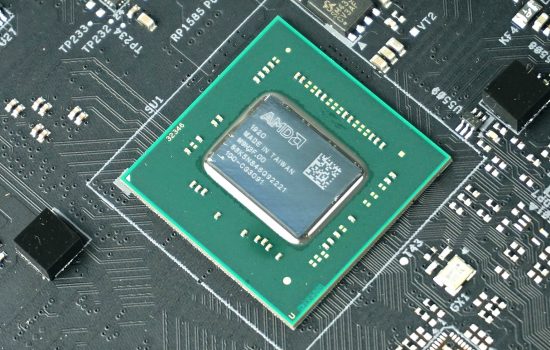Gigabyte Aorus C400 Glass
Gigabyte has released a case named C400 Glass under its Aorus brand. It should be interesting for example because it also supports full-size graphics cards, motherboards and also CPU coolers despite its relatively small dimensions. And one of its advantages is supposed to be efficient system cooling with vertical airflow, although this is not usually the preferred option for case manufacturers.
With the Aorus C400 Glass case, Gigabyte has pressed down on the dimensions a bit so that the “more compact” size can be one of the benefits, a key feature. With an internal volume of 40 liters at overall dimensions (i.e. including feet) of 435 × 210 × 469 mm, we probably can’t quite talk about a small case, but among similar concepts it will be one of the smallest.
By similar concepts here we are mainly referring to models (cases) that support ATX motherboards and you also don’t have to look around for shorter or thinner graphics cards with them. Even the largest GeForce RTX 4090 variants will fit into the Aorus C400 Glass with ease.
For a cooler, a maximum height of 168 mm is then specified. This is information for tower coolers with heapipes, liquid cooler radiators are supported up to 360mm in the top and bottom position. In other words, you install the AIO liquid cooler under the ceiling or on the very bottom of the case. At the bottom, Gigabyte has pre-installed a trio of intake fans. That’s why it talks about “vertically optimized airflow”.
More often than at the bottom, these fans are placed behind the front panel, but at Gigabyte they did it differently. Perhaps also taking into account that the ARGB LED lighting will stand out better in these positions. After all, this is a case with a glass side panel and the front panel is sheet metal. Its structure is perforated though, so some air will pass through, but the fans will be better seen in the bottom position. This position can then be related to more favourable results, apart from the appearance (a reverse fan design is used to make it more exposed), be it in terms of cooling or in terms of psychoacoustic optimizations. But these are not mentioned by Gigabyte…
The case mounting mechanisms do not allow the fans to be moved to the front. In the Aorus C400 Glass you have a total of four pre-installed fans, where three 120mm fans provide airflow from the bottom and then one (also 120mm) is still traditionally on the case’s exhaust, at the back. You can add another three or two (depending on the format, fewer 140mm will fit) in the ceiling position. But in most cases the liquid cooler radiator will end up there. And then, of course, there’s the option of moving the bottom fans to the ceiling. This is where you have a free hand in user-customizing your system cooling to suit your individual needs.
You can also change or rotate the PCI Express plugs in the Aorus C400 Glass by 90 degrees. This makes for example vertical mounting of the graphics card possible. However, you have to buy a PCIe riser for this, which is not included in the accessories.
We have no information on the availability of the case in stores and its suggested price at the moment.
English translation and edit by Jozef Dudáš
- Contents
- Gigabyte Aorus C400 Glass














